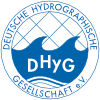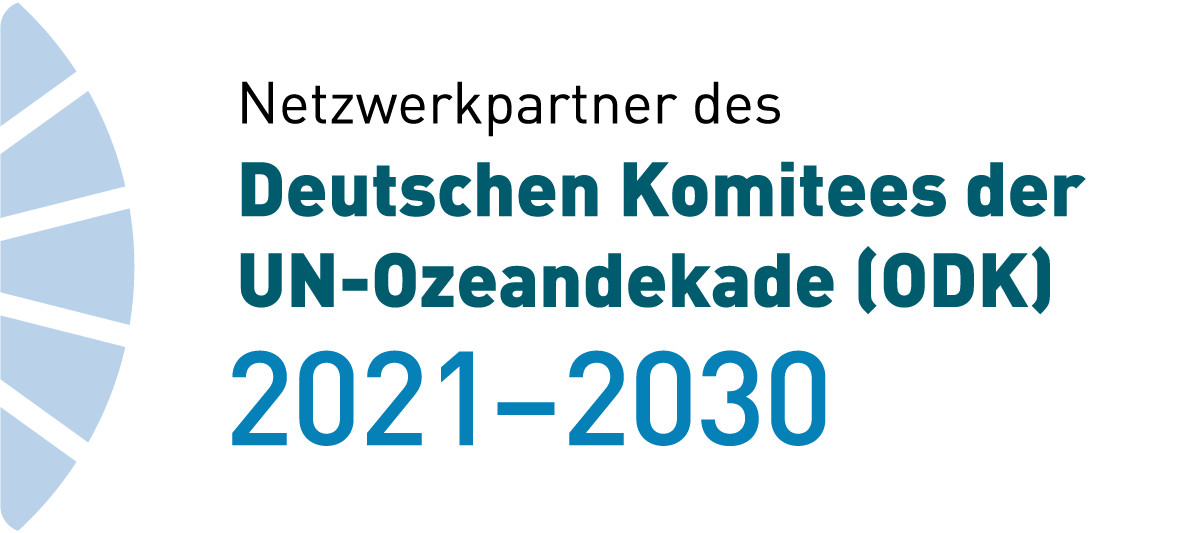HN Ausgaben wählen
- HN 132 (9)
- HN 131 (17)
- HN 130 (10)
- HN 129 (8)
- HN 128 (10)
- HN 127 (6)
- HN 126 (10)
- HN 125 (11)
- HN 124 (8)
- HN 123 (10)
- HN 122 (9)
- HN 121 (10)
- HN 120 (7)
- HN 119 (10)
- HN 118 (7)
- HN 117 (10)
- HN 116 (14)
- HN 115 (10)
- HN 114 (6)
- HN 113 (10)
- HN 112 (7)
- HN 111 (9)
- HN 110 (9)
- HN 109 (11)
- HN 108 (8)
- HN 107 (9)
- HN 106 (7)
- HN 105 (14)
- HN 104 (6)
- HN 103 (11)
- HN 102 (8)
- HN 101 (9)
- HN 100 (13)
- HN 097 (1)
»In development aid Germany should adopt a leading role« – An academic discussion with Peter Ehlers
From 1989 till 2008 Prof. Dr. Dr. h. c. Peter Ehlers was president and professor at the Federal Maritime and Hydrographic Agency (BSH). During his term of office he particularly supported the protection of seas and oceans. Prof. Ehlers, a graduate lawyer, was representative in various commissions and an internationally perceived voice. Although he is already retired the 71 year-old’s engagement for the ocean is still unbroken. A personal interview about achievements and shortcomings.
Federal Maritime and Hydrographic Agency – BSH | IHO | IMO | hydrography | definition | environmental protection | marine economy | ocean engineer | HELCOM | Law of the Sea
- Ausgabe: HN 100 Seite: 36–41
- DOI: 10.23784/HN100-08
- Autor/en: Peter Ehlers, Lars Schiller
Modern multibeam technology – Beyond accurate depth measurements
Every 50 years there are new developments in hydroacoustics. Hundred years ago, Alexander Behm invented the echo sounder, round about fifty years ago General Instruments developed a Sonar Array Sounding System. Today everyone talks about high-resolution Water Column Imaging. The aim is to detect all objects in the water column. However, it’s a hard job for the survey operator to observe the screen. The question is: What is the next big thing? The industry works on an Automatic Object Detector. The article gives an insight in the stage of development and points out the challenges.
Alexander Behm | Bernard Mills | SeaBeam | BOMAS-1 | multibeam echo sounder | WCI – water column imaging | AOD – automatic object detection
- Ausgabe: HN 100 Seite: 32–35
- DOI: 10.23784/HN100-07
- Autor/en: Peter Gimpel, Christian Zwanzig
Hydrographic applications on a Mac – Public domain software solutions
Since the introduction of iPhone and iPad, Apple products have been in wider use. But – in spite of the huge choice of apps – there is no program yet that can be used for applications in hydrography. With a little effort and some additional software, public domain software such as GMT, MB-System or Quantum GIS can be made to run under the Apple operating system.
Apple Mac OS X | MB-System | Quantum GIS | Fink | X Window | XQuartz | Xcode | Command Line Tool – CLT
- Ausgabe: HN 100 Seite: 29–31
- DOI: 10.23784/HN100-06
- Autor/en: Hartmut Pietrek
Big Data – The challenges of large-area bathymetric surveys
According to the IHO’s »Status Report on Hydrography and Mapping of the World’s Seas, Oceans and Coastal Waters« (IHO 2013) a large percentage of the world’s seas and oceans are still unsurveyed. Even areas covered by nautical charts need to be resurveyed since, in the absence of any other data, many of today’s charts contain significant amounts of information derived from non-systematic observations and survey data dating back up to 200 years (IHO 2013). The demand for hydrographic and bathymetric data for a broad range of offshore activities was never higher than it is today. Advances in multibeam echo sounder (MBES) and airborne LiDAR bathymetry (ALB) technology allow safe hydrographic and bathymetric survey of large areas at a speed and accuracy previously unknown. However, increasing sizes of survey areas and improving resolutions of survey systems come with larger data volumes and greater requirements related to management and operations. Big Data need to be managed.
Big Data | Blue Economy | large-area survey | data management | project management | tender | deliverables
- Ausgabe: HN 100 Seite: 24–28
- DOI: 10.23784/HN100-05
- Autor/en: Klaus Michels
Ems-Dollart estuary – Did Germany and the Netherlands really agree on the disputed boundary recently?
»Germany and the Netherlands settled a dispute regarding the border in the Ems estuary which endured for centuries. The Ministers of Foreign Affairs Frank-Walter Steinmeier and Bert Koenders signed the respective treaty.« This or similar headlines could be read in the newspapers in autumn 2014. It gives the impression that finally a border between the two countries has been agreed upon in that area. In fact, the treaty consolidates the contrary. But although both partners agree that they don’t agree on that boundary, they found another pragmatic solution which fits in the line of treaties in the Ems-Dollart area and which fixes substantial and for practical matters particularly important aspects. This solution is yet another example of the excellent and pragmatic cooperation between the Netherlands and Germany.
Ems-Dollart estuary | boundary delineation | UNCLOS | Law of the Sea | talweg | EEZ | Borkum Riffgat
- Ausgabe: HN 100 Seite: 20–22
- DOI: 10.23784/HN100-04
- Autor/en: Thomas Dehling


